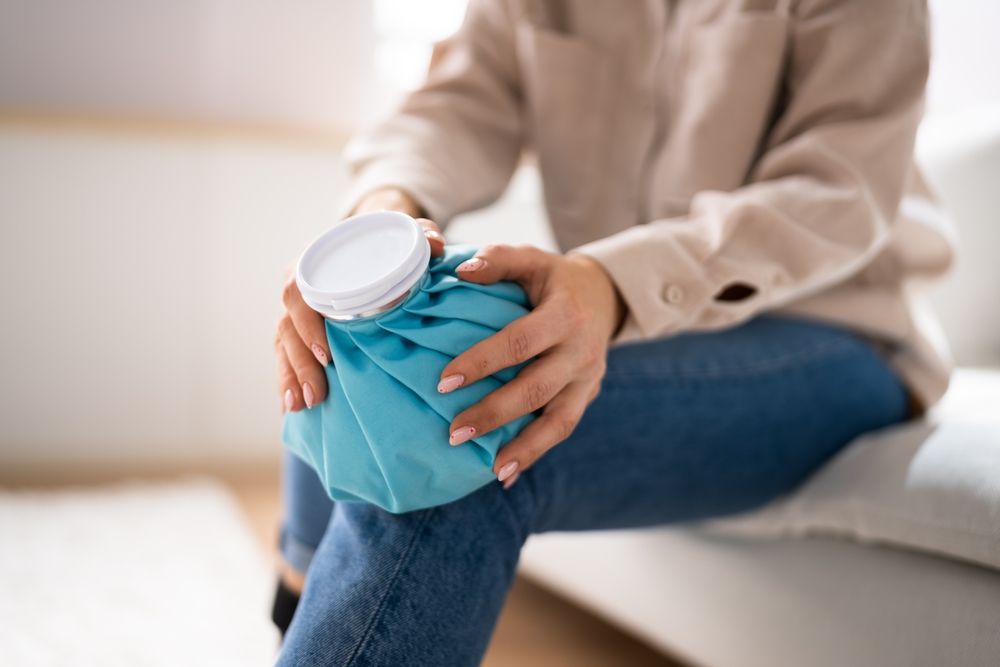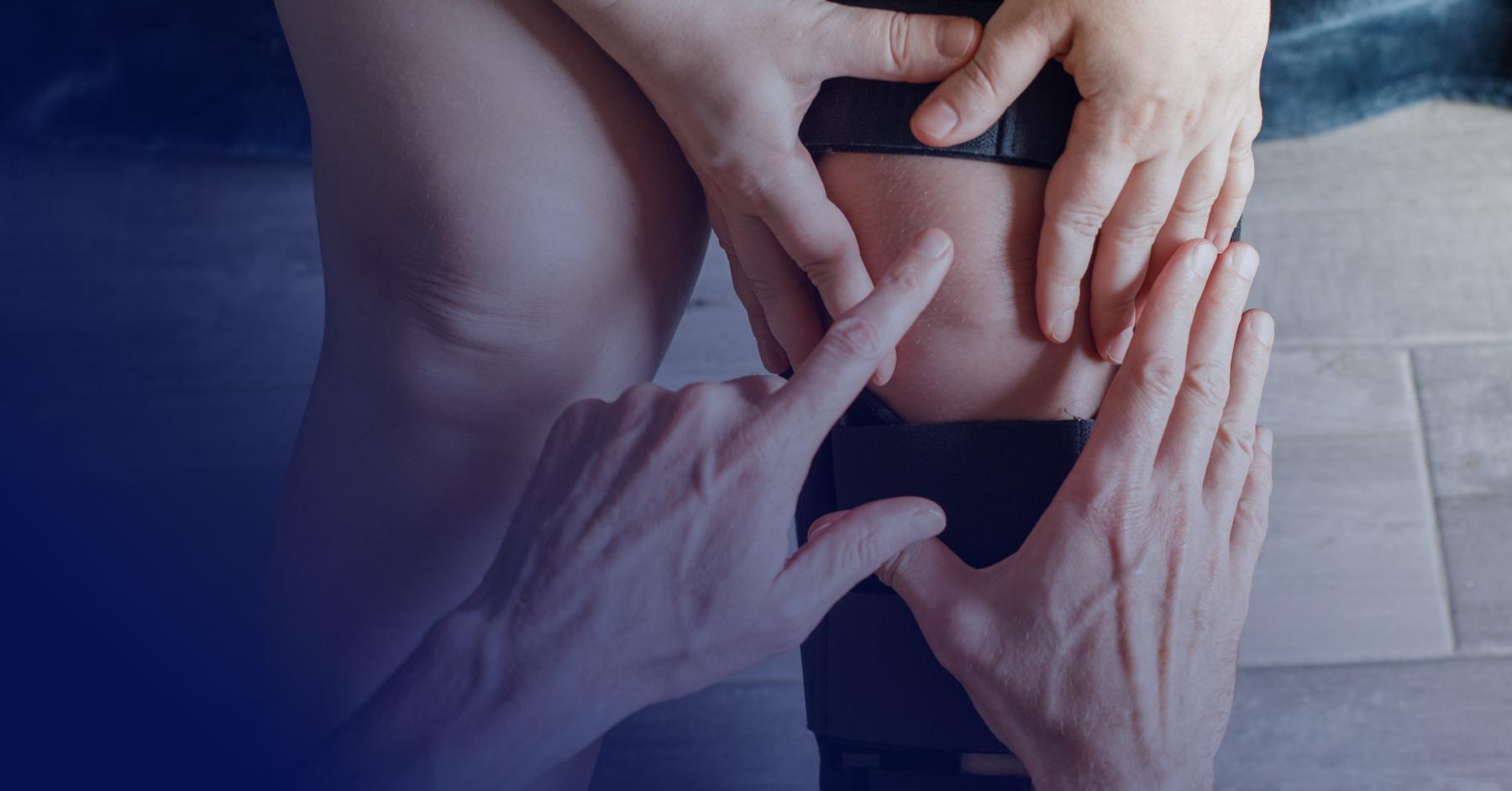Should I Use Ice or Heat for My Aches and Pains?
Sports Medicine, Workout Injuries

Both hot and cold therapy can relieve pain and stiffness. But which one is right for you?
Whether it’s during an intense workout or just some yard work, there’s no doubt you’ll suffer from aches and pains at some point. It’s perfectly normal and usually nothing to worry about. To ease your discomfort and get moving again, you can try at-home remedies. Two of the most popular home-based treatments are hot and/or cold therapy. But which one is better for your pain?
Which one you choose depends on the type of injury or pain you’re experiencing. These simple guidelines should help you decide the therapy that will provide the fastest relief.
When to use cold therapy
If you’ve suffered an injury that’s accompanied by swelling, ice is your best bet. Applied within 72 hours of the injury, the cold temperature narrows the blood vessels, thus reducing the inflammation, edema, and pain. Because ice counters inflammation, it’s a good choice for inflammatory injuries such as a sprained ankle or tendonitis. Never apply cold to an open wound. It’s also not recommended if you have diabetic neuropathy or peripheral vascular disease.
If you don’t have an ice pack at hand, you can apply a bag of frozen vegetables or a towel soaked in cold water. Make sure there is a cloth between the cold compress and your skin and never leave the ice on for more than 20 minutes in a session. Any longer and your skin may be damaged or suffer from frostbite. Wait 20 minutes before re-applying the cold compress.
When to use heat
Heat can unlock stiff and sore muscles and soothe arthritic joints. Muscle spasms also benefit from heat therapy. If your soreness lingers following an initial treatment with ice after an injury, you can switch to heat after three days to further the healing. Do not apply heat to a recent injury as the heat will ramp up the inflammatory response.
In a sense, heat has the opposite effect of ice. It opens the blood vessels so oxygen and other nutrients can rush to the affected area and promote recovery.
A heating pad or a moist, heated towel are two ways to apply heat therapy to achy muscles and joints. Soaking in a warm tub can loosen arthritic joints, too. Similar to ice therapy, limit the heat application to no more than 20 minutes at a time as skin burns could result if left on longer. And, never apply heat to an open sore.
Can you use both hot and cold?
Yes! There are times when both hot and cold therapy can be beneficial. Known as contrast therapy, hot and cold treatments can heal sore muscles after an intense workout. Athletes in particular use hot and cold therapy after a game.
However, contrast therapy should not be used immediately after an acute injury. Hot and cold therapy is also not recommended for those with a heart condition or diabetes. Check with your doctor to determine if this treatment is suitable for you.
While hot and cold therapy are great pain relievers and muscle relaxers, they are not a cure. These therapies provide only temporary relief. If the pain persists or you suspect a more serious injury, such as a broken bone or ligament tear, see an orthopedist for diagnosis and treatment. You may need physical therapy.
You don’t have to live with achy joints and muscles
Aches and pains are part of life. But if pain lingers and interferes with your daily life, see a physical therapist at All Sports Physical Therapy. Our team can decide on the best therapy to get you pain-free and moving again. Contact us today for a consultation.



